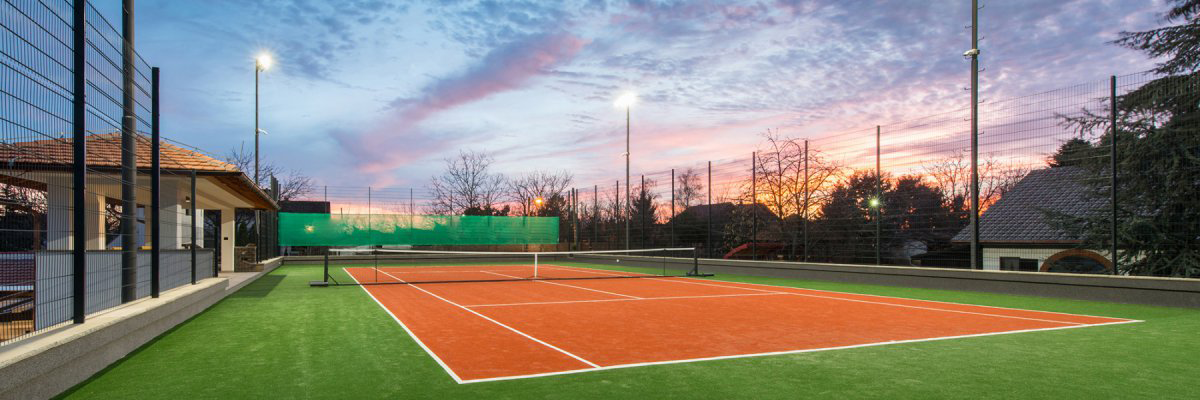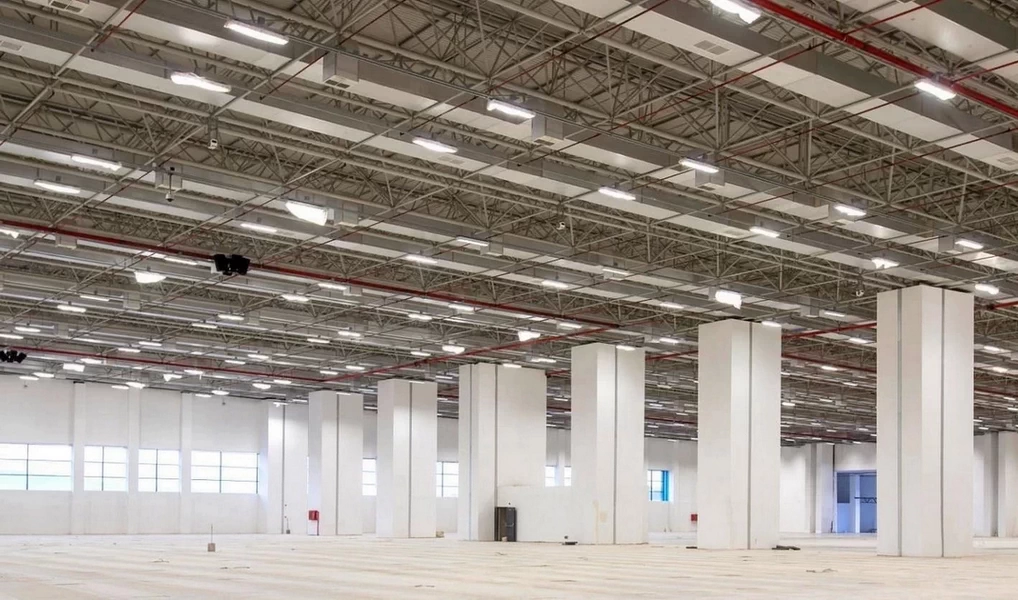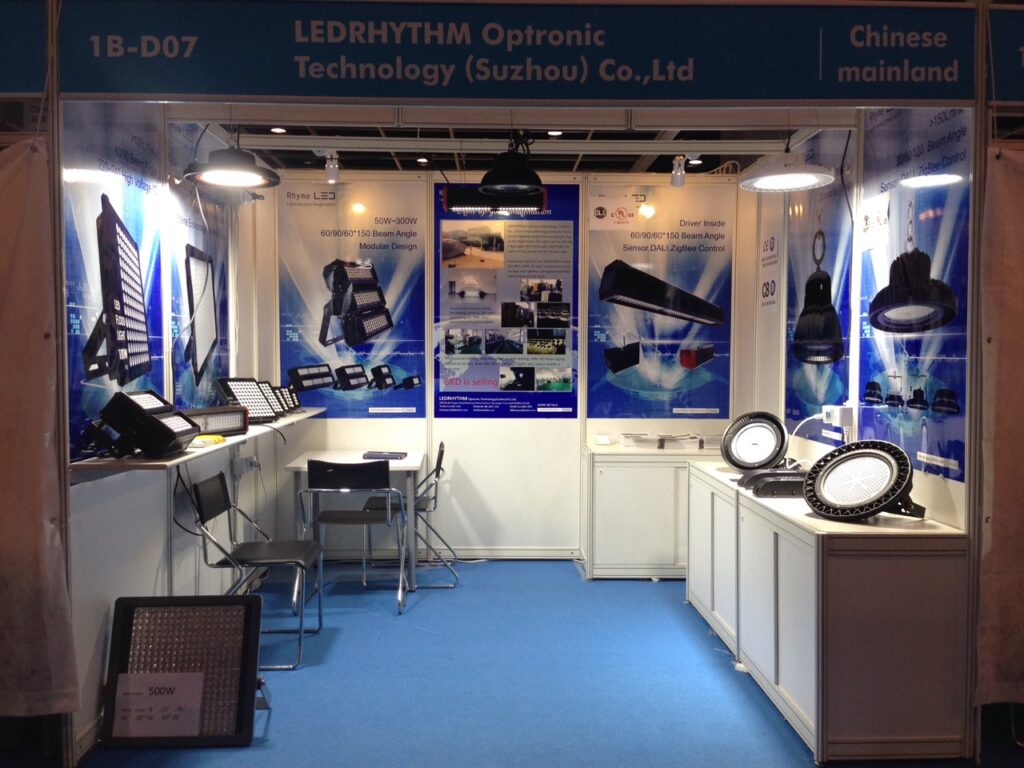Guia de iluminação de layout de luz de ténis LED | LEDRHYTHM

O ténis é um dos desportos mais populares da atualidade. Se quisermos desfrutar plenamente da alegria proporcionada pelo desporto, a iluminação do campo de ténis é crucial. Por isso, ao escolher as luzes LED para ténis, como escolher a bola de ténis certa de acordo com o nosso próprio local? Lâmpadas, como as colocar e a que é preciso prestar atenção:
Quais são as precauções básicas para a iluminação LED dos campos de ténis?
1. A iluminação deve respeitar as normas. A Federação Internacional de Ténis recomenda que a iluminação média nos campos de ténis profissionais seja de, pelo menos, 500 lux e, nos eventos importantes, de, pelo menos, 1 000 lux. Uma iluminação insuficiente pode afetar o desempenho dos atletas e a experiência dos espectadores.
2. Iluminação uniforme. A iluminação de cada zona do sítio não deve ser demasiado diferente e os efeitos visuais devem ser coerentes. A uniformidade pode ser melhorada utilizando a tecnologia de modulação por largura de impulso.
3. Seleção da temperatura da cor. A temperatura da cor das luzes de ténis é preferencialmente a luz branca de 5000-6500K, que está próxima do efeito da luz solar e é útil para os atletas reconhecerem e julgarem a bola.
4. Design antirreflexo da luz do ténis. As luzes para ténis evitam o encandeamento direto que interfere com a visão. Podem ser utilizadas tecnologias de controlo do encandeamento, tais como lentes ópticas reflectoras.
5. Visibilidade nocturna. O contraste entre o dia e a noite é evidente e a iluminação é percetível e contínua.
6. Configuração da alimentação de reserva. Para eventos importantes, são previstas, pelo menos, duas fontes de alimentação de reserva, de modo a garantir que a fonte de alimentação possa ser automaticamente comutada para continuar o jogo em caso de emergência.
7. A luz do ténis tem um design à prova de raios. As luzes do campo de ténis devem ser equipadas com dispositivos de ligação à terra de proteção contra raios no local para garantir a segurança do equipamento elétrico.
8. A luz de ténis tem um nível de proteção IP65. A caixa de alimentação foi concebida para ser à prova de água e de poeira para garantir uma utilização fiável no exterior.
9. Pós-manutenção. As lâmpadas são fáceis de substituir e reparar, e podem ser organizadas reparações no local para eventos importantes.
A utilização de iluminação LED pode proporcionar um ambiente de iluminação profissional e de alta qualidade para os campos de ténis e melhorar a experiência de jogo.

Qual é a necessidade de disposição e conceção da iluminação LED para campos de ténis?
1. Disposição
1. Determinar a altura e a posição do poste de iluminação em função da dimensão do terreno. Normalmente, é instalado um poste principal em cada um dos quatro cantos para cobrir todo o campo; é acrescentado um poste auxiliar de cada lado para garantir a uniformidade.
2. A altura do poste principal é geralmente de 40-60 metros, e pode ser utilizado um projeto de elevação móvel para facilitar a manutenção. A altura do poste auxiliar é ligeiramente inferior à do poste principal.
3. As lâmpadas LED são instaladas no topo do poste, num estilo de iluminação descendente com ângulos ajustáveis para garantir que a luz é totalmente projectada no campo.
4. Para eventos importantes, podem ser instalados projectores adicionais na posição da câmara principal para seguir as luzes.
2. Conceção
1. Utiliza o famoso espelho esférico de grau mestre e a tecnologia de embalagem LED para melhorar a eficiência da luz e a iluminação.
2. Conceber um sistema de controlo elétrico independente para permitir uma gestão inteligente à distância.
3. Conceber um sistema de emergência que possa comutar automaticamente para a fonte de alimentação de reserva no espaço de 10 milissegundos se a fonte de alimentação principal falhar.
4. Os modos de cena dinâmicos podem ser concebidos de acordo com as necessidades do evento para obter uma variedade de cores e efeitos.
5. Utilizar tecnologia de iluminação direcional para evitar a poluição luminosa dos edifícios e públicos vizinhos.
6. Proporcionar diferentes modos de treino e ajustar a intensidade da iluminação.
A disposição e o design razoáveis da iluminação do campo de ténis LED podem criar um local de competição e de treino profissional e de alto nível, melhorando a experiência dos jogadores e dos espectadores.

Quais os requisitos e normas que a iluminação LED para campos de ténis deve cumprir?
1. Norma de iluminação
1. Normas da Federação Internacional de Ténis (ITF):
- Iluminação média ≥500 lux, eventos importantes ≥1000 lux.
2. A norma nacional chinesa GB 50034-2013 estipula que:
- A iluminação média dos locais de competição profissional é ≥750 lux.
- A iluminação média do local de treino é ≥500 lux.
2. Norma de uniformidade
O índice de uniformidade da iluminação Emin/Emax ≥ 0,7, e o rácio entre o valor mínimo e o valor máximo da iluminação é de pelo menos 0,7.
3. Normas de cor
Temperatura de cor 5000-6500K, índice de visualização Ra≥80, avaliação da reprodução de cores R9≥50.
4. Normas antirreflexo
A redução unificada do encandeamento UGR é inferior a 22 para evitar o problema do encandeamento por luz direta.
5. Eficiência da iluminação
Eficácia de iluminação do sistema ≥120 lm/W, eficiência luminosa ≥140 lm/W.
6. Normas de atenuação da luz
Durante a vida útil, a atenuação da iluminação é ≤15%.
7. Outros requisitos
Enchimento de luz rápido (dentro de 10ms), impermeável, proteção contra raios, controlo inteligente e outros requisitos.








